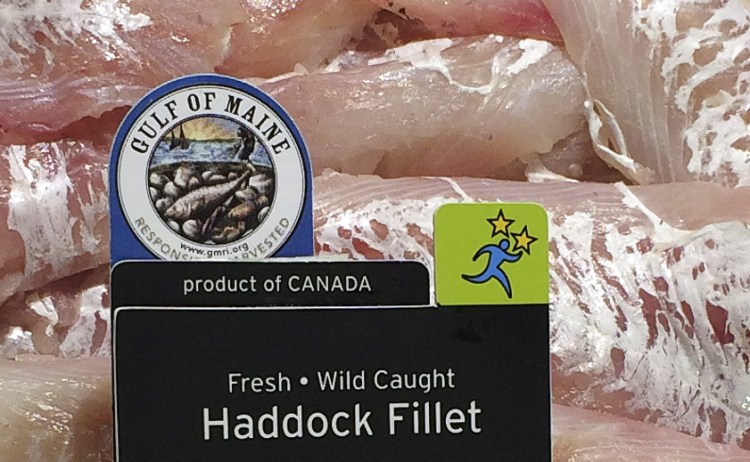Worldwide, seafood is having an identity crisis.
It’s not only that so much seafood is mislabeled — one-third of all samples, according to a 2012 Oceana study of 674 U.S. retail outlets – but also that it may come from questionable sources, such as the Thai companies exposed last year as violators of human rights.
That makes knowing exactly what one is buying at the seafood counter both a practical and ethical question.
In Maine, it is also an economic one.
Together, that makes transparency in the supply chain an absolute imperative.
That reality is well known throughout the Maine seafood industry, where initiatives to verify and label local seafood are already thriving.
Restaurants and supermarkets throughout the region, for example, use the Gulf of Maine Responsibly Harvested brand to show customers they are buying seafood that is certified to come from the Gulf of Maine using sustainable practices that ensure the fisheries’ survival.
That’s a selling point not only for individuals but also institutions. Colby College and the University of New England, among other schools, have agreed to purchase 100 percent of their whitefish through the brand, good for thousands of pounds of new sales for local fishermen.
The Gulf of Maine brand can also be used to introduce consumers to underused species, such as dogfish, that are numerous in the region, and will likely become more so as sea temperatures continue to rise.
There are traceability programs for lobster, too, such as Trace My Lobster, a Whole Foods initiative launched in Maine that uses coded tags to allow consumers to find out when and where a lobster was caught, and even who caught it.
It’s important for the industry to be able to tell the story behind the lobster – that’s part of the reason people seek out the Maine product. It is also crucial that what is being sold as fresh, Maine lobster lives up to its billing.
But not everyone is playing by the rules.
The Oceana study found that mislabeled seafood is everywhere, the result of an exceedingly complex supply chain that practically condones fraudulent activity. Unscrupulous retailers, after all, have no reason to ask suppliers whether snapper is really snapper as long as the price is right.
So, imperiled fish such as Gulf grouper are passed off as the more sustainable black grouper. Or high-mercury tilefish are sold as the more desirable red snapper and halibut.
In fact, Oceana, in a test of 1,200 samples in 21 states, found snapper was misrepresented 87 percent of the time and tuna 59 percent of the time. The results were not much better for other popular species.
And that doesn’t even address the matter of the Thailand seafood export industry, a $7 billion-a-year endeavor that, as the Associated Press reported, relied heavily on slave workers.
Shrimp processed by those workers made its way to major U.S. retailers and restaurants, though until the AP’s report, the murkiness of the supply chain allowed the purchasers to stay in the dark.
A proposal from a presidential task force would create a system to track data related to the catch and chain of custody of fish and fish products that are brought into the U.S. It is being backed by environmentalists and seafood industry officials, and it should be implemented.
Customers who purchase seafood should know exactly what they are buying, and whether it comes to their table as the result of inhumane or unsustainable practices. And Maine seafood producers who take pains, often at a cost, to keep customers informed and to take care of their fisheries should not have to compete against others who are corrupt or deceitful.
Send questions/comments to the editors.



Success. Please wait for the page to reload. If the page does not reload within 5 seconds, please refresh the page.
Enter your email and password to access comments.
Hi, to comment on stories you must . This profile is in addition to your subscription and website login.
Already have a commenting profile? .
Invalid username/password.
Please check your email to confirm and complete your registration.
Only subscribers are eligible to post comments. Please subscribe or login first for digital access. Here’s why.
Use the form below to reset your password. When you've submitted your account email, we will send an email with a reset code.